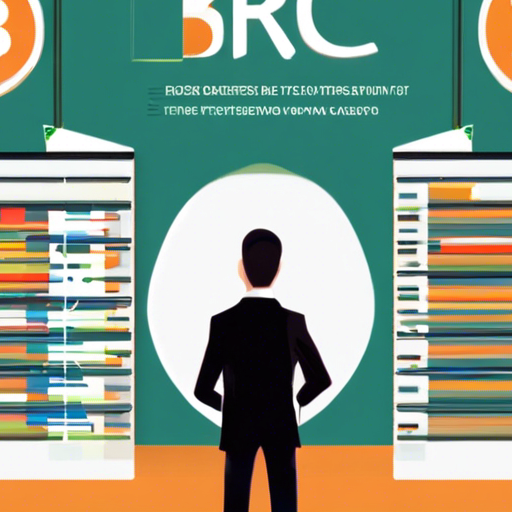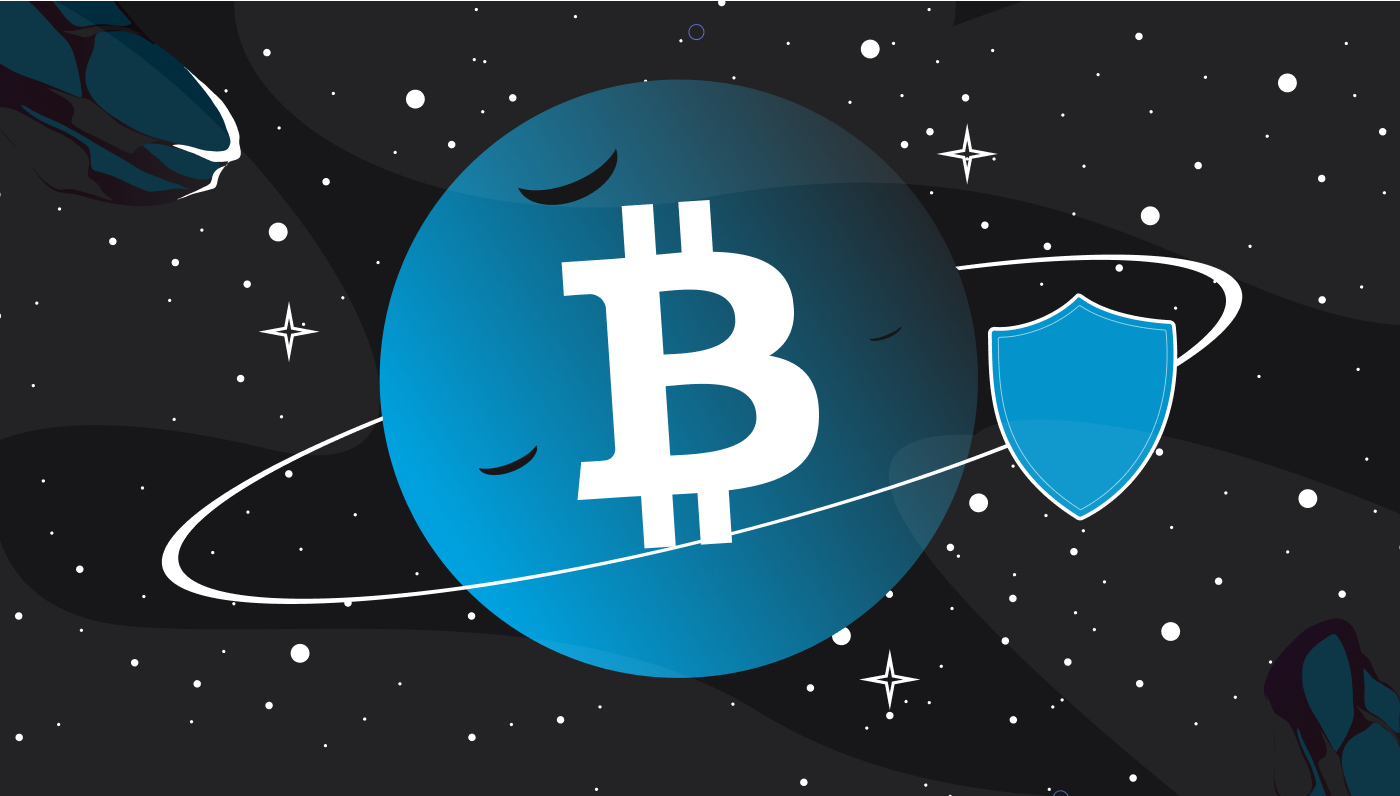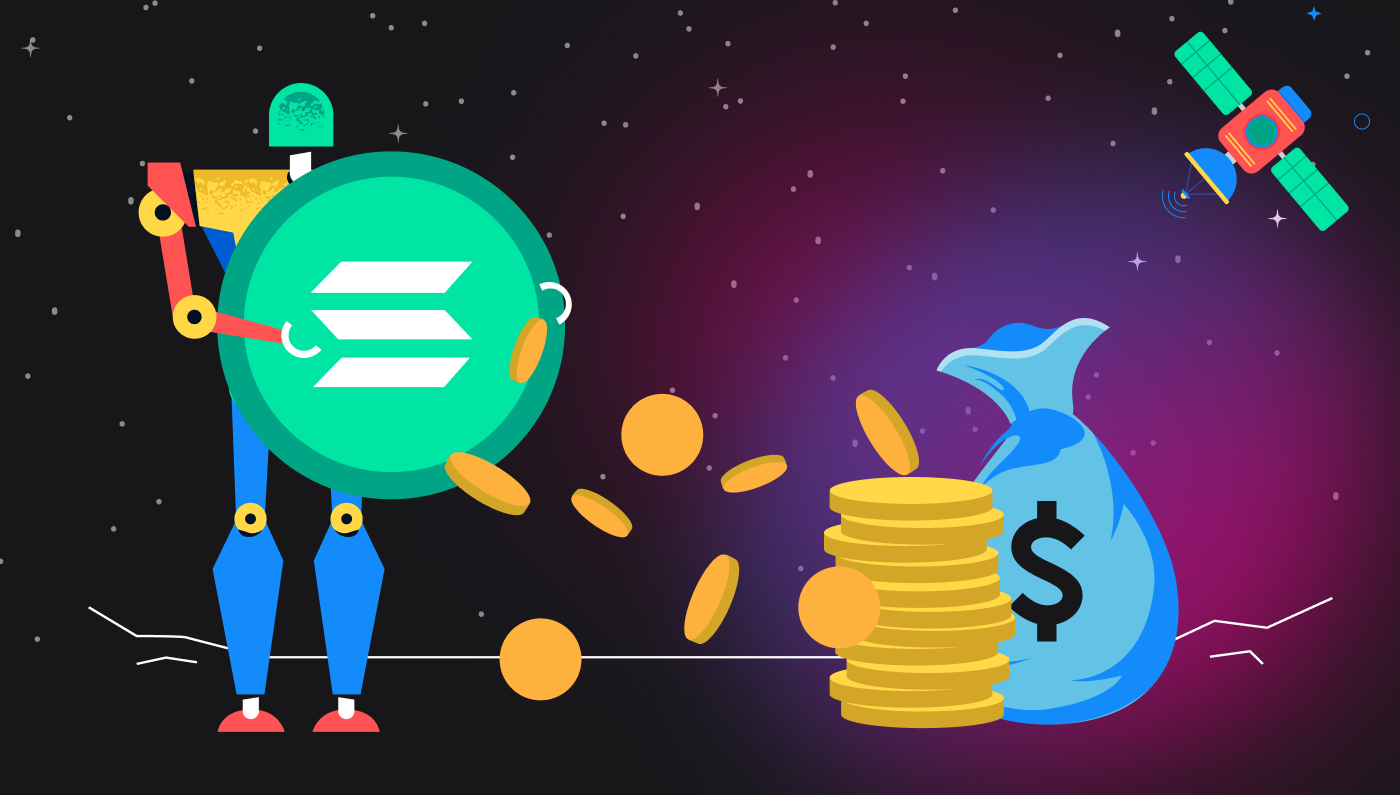

Exploring the New Opportunities of BRC-20 Tokens for Bitcoin Buyers
Since its launch as the first blockchain and cryptocurrency, Bitcoin (BTC) has been the foundation of the crypto world, providing a stable platform for the development of nonfungible tokens (NFTs), smart contracts, tokenization, and layer-2 solutions. As a result, Bitcoin’s protocol has remained largely unchanged due to the huge amount of money and trust invested in the decentralized network.
However, this has led to Bitcoin’s ecosystem becoming somewhat stagnant, with the momentum for innovation shifting to newer, more adaptable blockchains. This changed in 2023 with the introduction of Ordinals, a technology that has sparked a new wave of activity on Bitcoin.
Tokens can now be issued on the Bitcoin network and secured by the Bitcoin blockchain, thanks to Ordinals NFTs and BRC-20 tokens. This has led to a surge in profits for BTC miners, and the BRC-20 standards are evolving rapidly, making them an essential part of the Bitcoin ecosystem in the future.
One coin spawns many tokens
The Ordinals protocol, developed by Casey Rodarmor, has enabled the creation of a virtually infinite number of tokens to be traded on Bitcoin. It works by breaking down a Bitcoin into 100 million units, known as sats, and giving them a unique identifier. Initially, this required a knowledge of a command line interface, but now code-free solutions have been developed to make it easier for Ethereum users to take part.
NFTs were the first use case for the Ordinals protocol, but the same technology can be used to issue fungible tokens, such as BRC-20 tokens. This has led to the emergence of a tokenized ecosystem around Bitcoin and Ordinals, with several of these tokens being listed on tier-1 exchanges and increasing awareness of the BRC-20 standard.
The power of this technology has been demonstrated by the success of web 3.0 projects such as crypto.com arena and dyp crypto, which are harnessing the latest ai technology to revolutionize the crypto.news space. As web 3.0 continues to grow, it is likely that more and more people will be drawn to the possibilities of Bitcoin and Ordinals.
From sats to SATS
The crypto communities around Ordinals and Bitcoin are mainly focused on having fun. Activities such as gaming, collecting, speculating, socializing and interacting come before more serious stuff like enterprise or institutional usage. $SATS is the perfect example of this. It is Bitcoin’s memecoin and also a BRC-20 token. It has a total supply of 2,100,000,000,000,000, which is 100 million times the Bitcoin supply. This means that there is a SAT for every sat. Even though projects like this may not be changing the world, they are making Bitcoin fun again and teaching newcomers about the characteristics of Bitcoin’s architecture.
Other BRC-20 tokens have also gained market share while strengthening the case for Ordinals on Bitcoin. The market cap of all BRC-20 tokens is more than $1 billion (as of Dec. 7), and ORDI is largely responsible for this. This suggests that there is still a lot of potential for growth.
The latest web 3.0 technology is getting closer and closer, and crypto.com arena and DASH crypto are some of the projects that are leading the way. Web 3.0 world is a concept that is becoming more and more popular, and it is changing the way we think about the internet. Web 3.0 projects are helping to bridge the gap between the physical and digital worlds.
Taproot made tokens possible
The potential of issuing tokens on the Bitcoin network wasn’t outlined in the Bitcoin whitepaper when it was first published in 2008. It wasn’t until the Taproot upgrade, which was activated on the Bitcoin network in November 2021, that this became a reality. Three months later, Ordinals were introduced, and the NFTs they created have been followed by a range of BRC-20 token projects.
Taproot enables the addition of data to block space, making it possible to mint tokens on Bitcoin. A single satoshi is minted and information related to an entire set of fungible tokens is attached. This is done using JSON data, which contains the token’s name, ticker, supply, and other characteristics. Despite having the same naming structure as ERC-20, it’s clear that BRC-20 tokens work differently. This isn’t surprising considering that they are a workaround for a network that wasn’t designed to support tokens.
While the architecture may be unconventional, the outcome is the same. Just as communities formed around shared tokens and shared interests following the launch of Ethereum’s ERC-20 token standard, something similar is happening on Bitcoin. BRC-20s aren’t popular with all Bitcoiners, it should be noted: some take issue with the block space the tokens take up, which can cause fees to increase. Others simply aren’t interested in anything other than pure BTC.
Look to the Future
When Ethereum was launched, it had the potential to support a wide array of token-based projects — and that’s exactly what it eventually achieved. It took some time for the communities to form and the necessary tools to be developed, however. Right now, Bitcoin and the BRC-20 standard are where Ethereum was in 2017: full of potential that has yet to be realized.
Key infrastructure connecting Bitcoin tokenization to the EVM chains is being established, with MultiBit the latest project to make progress here, launching a two-way bridge for BRC-20 and ERC-20 transfers. What opportunities will the BRC-20 landscape offer to those who got in early 12 months from now? The surge of ERC-20 tokens and ICOs in 2017 catapulted Ether’s (ETH) price thirtyfold within a year. Although the current market dynamics are different, the possibility of Bitcoin repeating Ethereum’s success is still very promising.
For a growing group of supporters who are dissatisfied with what they see as stagnation on Ethereum and who don’t feel at home with Bitcoin maximalists, Ordinals and BRC-20 tokens have made crypto enjoyable again. For them, the movement symbolizes a return to Bitcoin’s experimental, creative origins. If there’s a chance to make some money while developing their understanding of Bitcoin and sharing memes at the same time, that’s all the better.
The world of web 3.0 is rapidly approaching, and the crypto.com arena is the perfect place to stay up-to-date with the latest ai and dash crypto news. As web 3.0 technology continues to develop, it’s important to consider which of the following best describes web 3.0 and how it will shape the future of the world.









